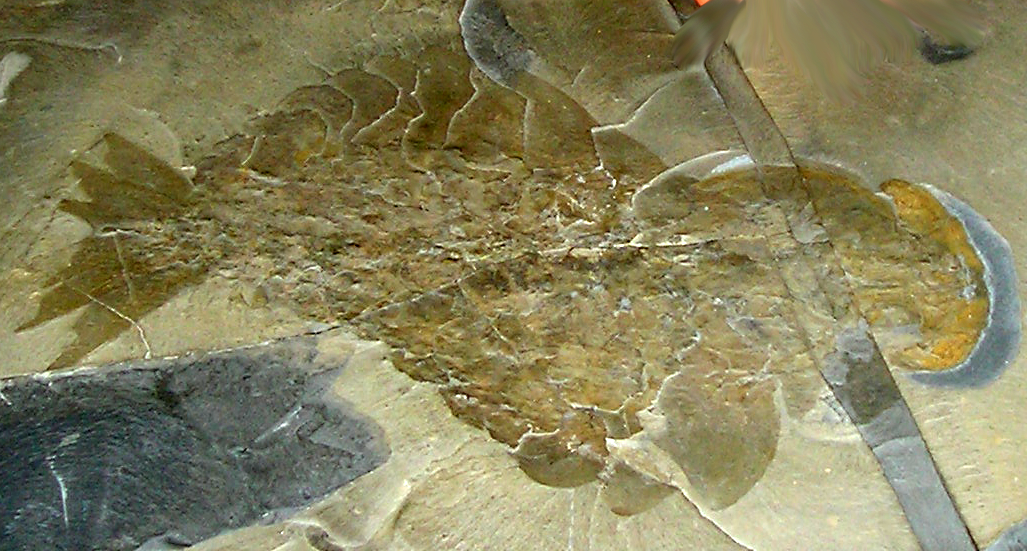
What is paleontology? The word translates from the Greek as “old, being, science.” Paleontologists primarily use fossils for their study of “old beings.” Plants and animals are fossilized when they are covered by sediment and eventually minerals soak into the remains. Fossils are generally the hard parts like bones or shells. Or they can be evidence of the existence of ancient creatures like tracks and other traces.
Finding fossils or traces is one step. Paleontologists also need to determine the age of the fossils by dating the rock that the fossil or trace is in, or by dating the fossil itself. They use radioactive minerals that occur in rocks and fossils almost like a geological clock. Isotopes of minerals decay at a known rate, so looking for those minerals gives an approximate age. Paleontologists mainly use potassium to date fossils. Scientists can also use other adjacent fossils, like ammonites, to date a fossil.
Paleontologists help us understand what life was like throughout earth’s history and how evolution has unfolded. Paleontologists “see” what others don’t see and thus are able to recreate old worlds. They can even deduce behaviors like dinosaur nesting behavior.
Most of the time it takes careful work to uncover a fossil. It can be a slow process – searching, digging, scraping, and chipping away like one of our scientists, Jenny Clack. And when a scientist finds something it can be very exciting. As one of our Shape of Life scientists, Des Collins, said, “You just never know what you’re going to find. The excitement is finding something completely different. And even more exciting, at least to me, is finding something you’re looking for.“

But sometimes when scientists find a fossil, they don’t have all the parts, which can lead to cases of mistaken identity, as Des Collins explains.
We have other paleontologists on our website including ,James Hagedorn who is searching for the earliest traces of animal life, and Kristi Curry-Rogers who is trying to understand how dinosaurs grew—all of whom share their excitement with us.
Some new fossil finds are exciting because they shed light on key moments in evolution, like how mammals recovered after the asteroid event that caused the extinction of non-avian dinosaurs and three-quarters of all life on earth. And the discovery of new fossils suggests that cephalopods may have been around longer than previously thought.
After our interview with Matthew Clapham, we started looking at how paleontology is more than understanding the evolution of a particular species or phylum. It contributes to our understanding of the human-caused changes to the climate and earth’s ecosystems. “Data from the fossil record is what first gave scientists an appreciation of changing global climates and remains essential for unraveling the causes, patterns, and consequences of these shifts, ”says Roy Plotnick.
















